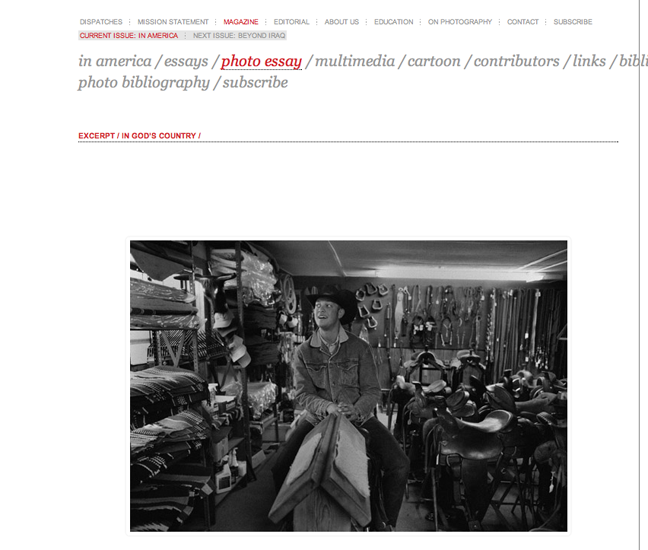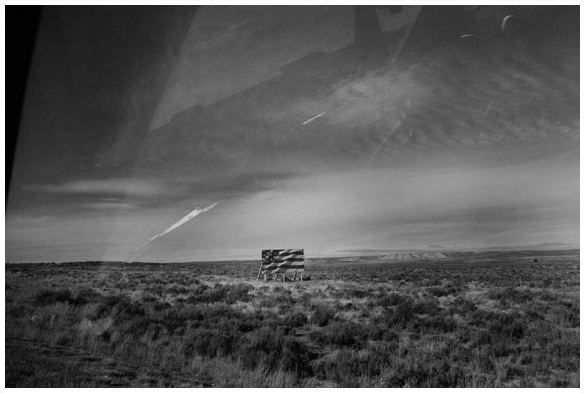The winners of the Hearst 8×10 Photography Biennial were recently announced (here). I was struck by how novel it seemed for a company like Hearst who publishes magazines like; Cosmopolitan, Esquire, Harper’s BAZAAR, Marie Claire, O, Popular Mechanics and Town & Country to hold a contest that “is an international competition to identify and promote new and emerging photographers” where they think the winners are “rising stars who will play an important role in the future of magazines, media, the Web and the worlds of design and photography.”
It used to be an open secret that one of the most profitable names in the television industry, HBO, went to great lengths to discover, develop and take chances on unknown talent. Many of their biggest hits came from unknown writers they took chances on (here) or discovered through one of their contests.
So, why don’t magazines do the same? Besides the obvious lack of vision at the top of most publication it’s likely because they don’t realize their future depends on finding talented people and attracting them to magazines over other mediums. The history of magazines is littered with ultra talented writers, photographers, designers and editors and somehow I think in the last 10 or more years many of these people may have gone into advertising instead and now with all the potential on the web who knows if they will find their way into the magazine industry.
I once worked at a magazine that built their reputation with a handful of extremely talented writers who all eventually moved on. I often wondered how they planned to find the next group of talented writers who would define the next phase of the magazine. Now that I think about it, talent scouting might have done the job. This Hearst Biennial seems like a good step in that direction for photography.
The winning photographers are:
Andy Freeberg
Louie Palu
Benedikt Partenheimer
Brad Carlile
Edith Maybin
Nicholas Prior
Mark Kessell


















